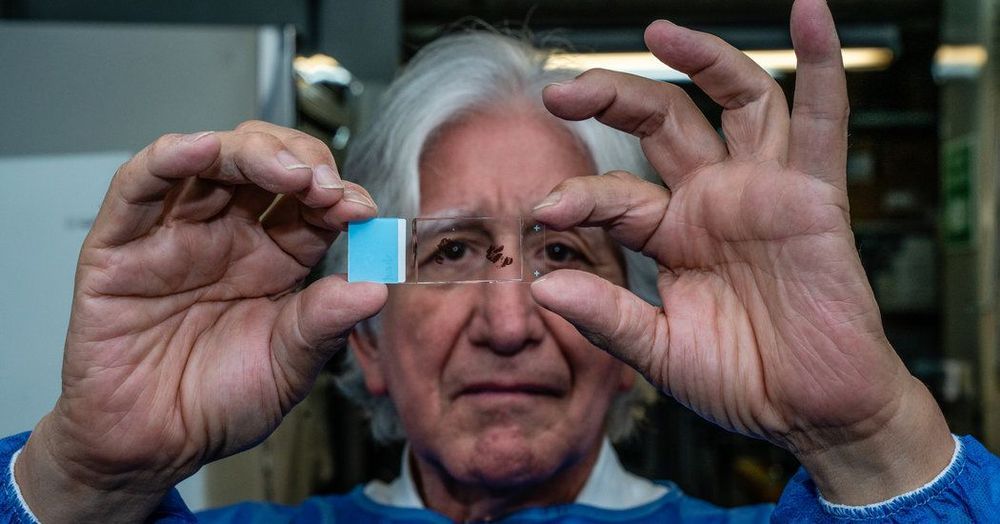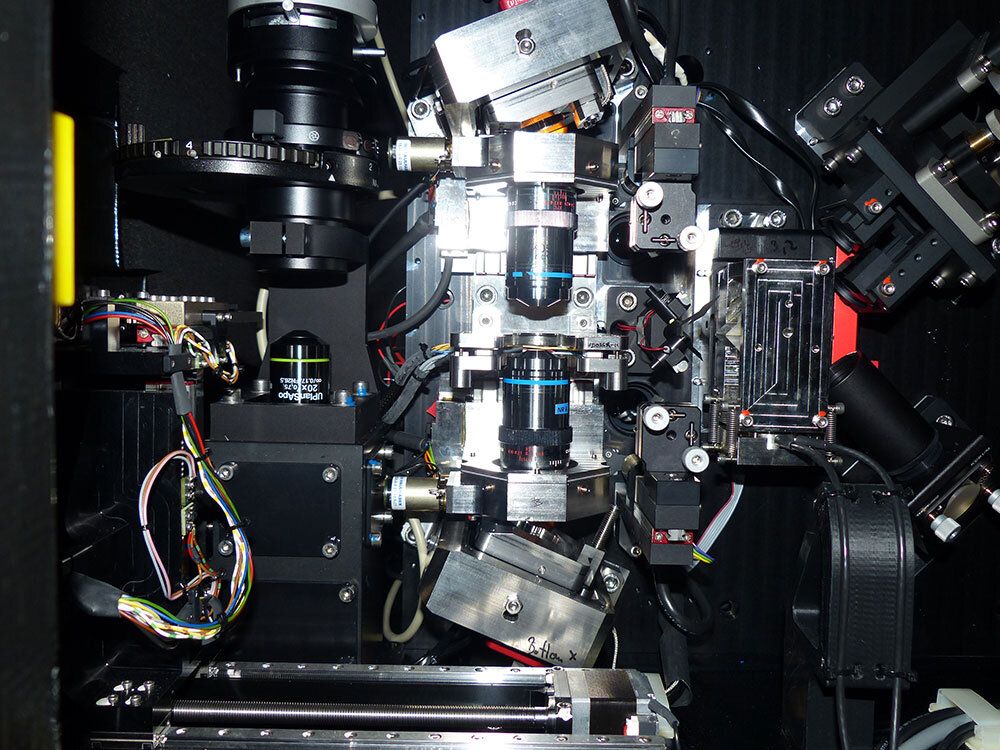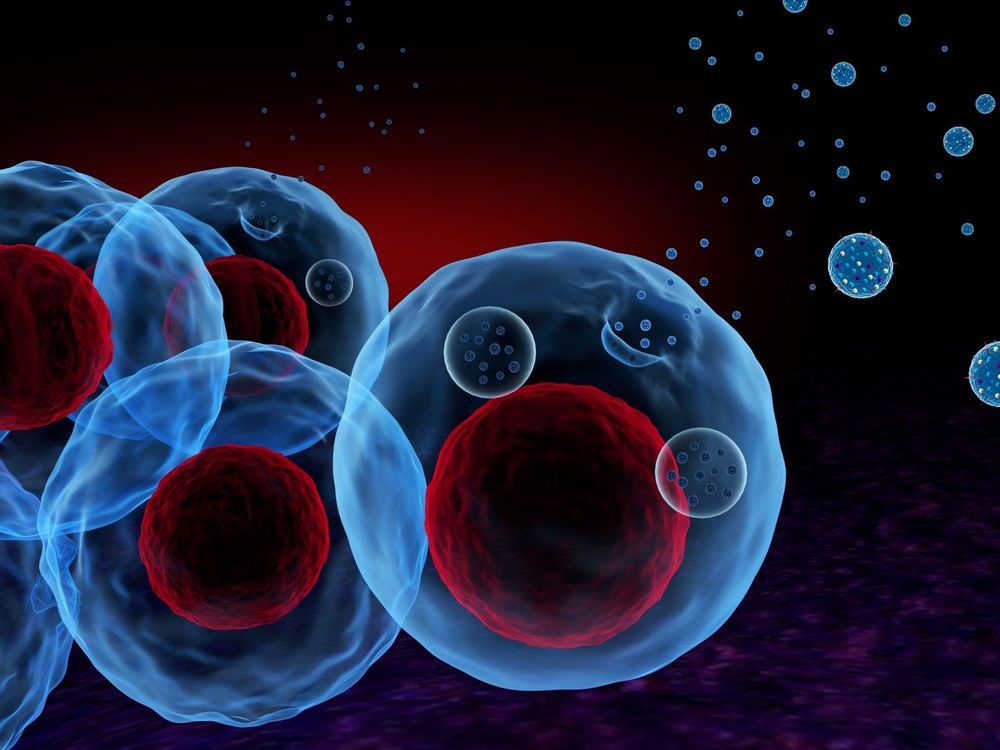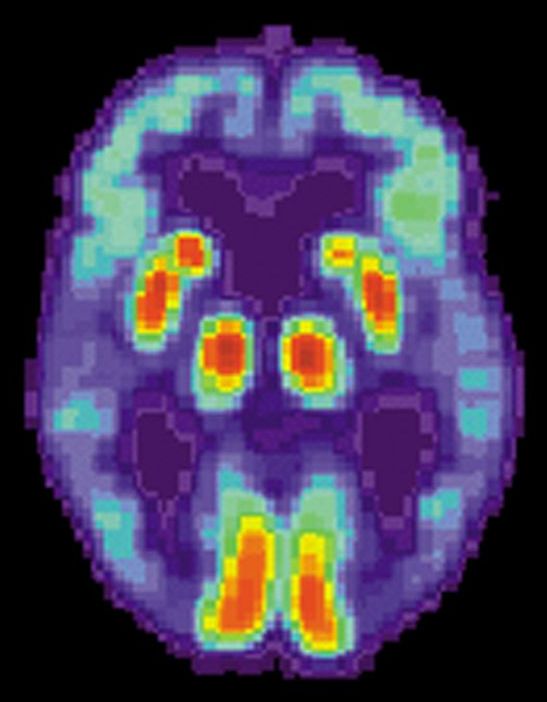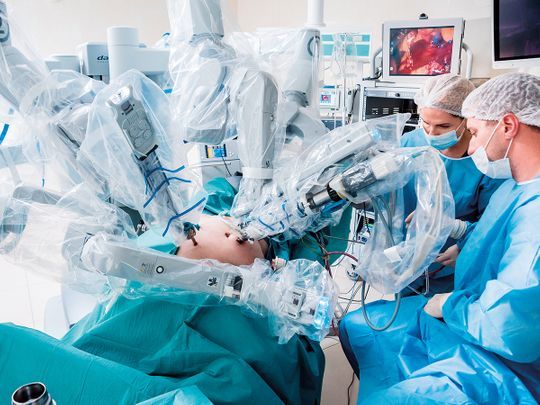Rejuvenation Roundup November 2019
Quite a number of readily understandable reviews were published this month, along with an X10 episode on epigenetic alterations; if you’re new to the biology of aging or want to introduce someone else to the topic with new material, this is a great time to start.
LEAF News
We will be returning to New York in 2020 for our third conference focused on aging research, investment, and biotech business. Judy Campisi, Aubrey de Grey, Hanadie Yousef, Steve Horvath, Andrei Gudkov, and Polina Mamoshina are among the speakers confirmed so far. Join the conference mailing list to stay informed as more details are announced.

